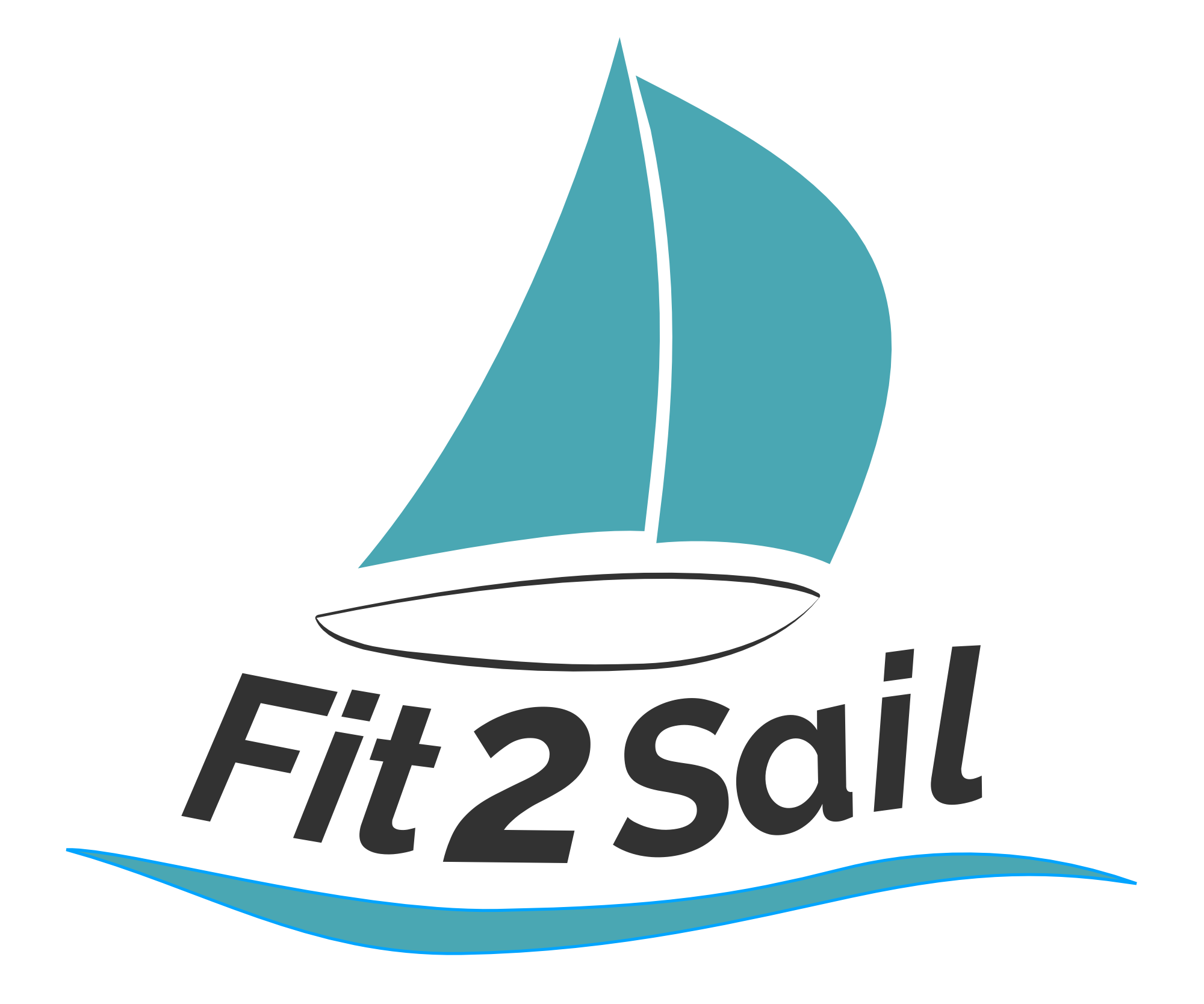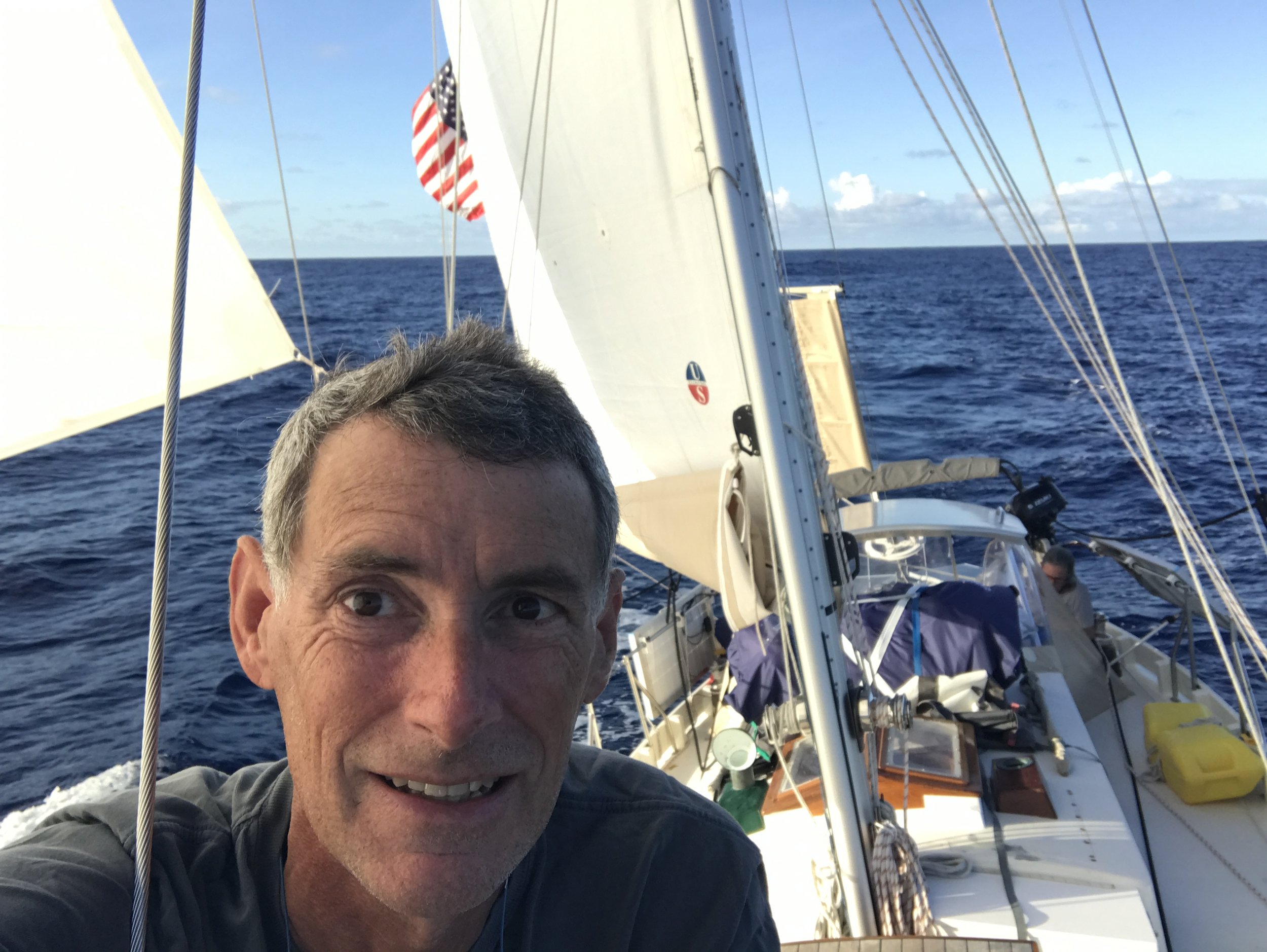Lessons in Diesel Management
If we could go back in time and advise our about-to-leave selves about anything at all passage-related, the number one thing would be “buy extra diesel jerry jugs and fill them.” Because we could have sold them, or gifted them, on arrival here, and honestly? Having an additional 15 or 20 gallons of fuel would have been magical.
Six lessons about passage diesel management. A lot of these aren’t just for passage making!
Don’t assume past weather is what you’ll see. We left knowing the first half of the trip was going to be tough in terms of working hard and fast to get east as quickly as possible. Then, wisdom has it, you turn the corner and fly south with the trades. The trades just didn’t fill in for us; the diesel we burned early on would have come in handy later, as we were starting to get itchy about how close (yet so far) the goal was.
Understand your comfort level with speed. Maybe it’s better stated as “don’t be too fast to turn on the engine”. Although, really, this would have been a tough one to do a lot better on our end given the need (is this reality or was it just in our heads?) to go faster than potential bad weather. But in general, moving the boat even at 2 knots under sail is moving the boat without needing the diesel, leaving the fuel for those time when there truly is no wind and you’re truly making no progress forward.
Know your engine’s efficiency. For us, the difference between running the engine at 2400 rpms vs running the engine at 2000 rpms is the difference between 6 knots of speed and 5 knots of speed - but takes twice as much diesel. Dropping to 1800 rpms still gives us 4 knots of speed and ekes out even more run time. If we’d thought about that difference earlier on, we’d have saved a lot of fuel, fuel that would have come in handy in the frustrating windless days later.
Monitor your fuel level and usage constantly, not just once or twice during the passage. This is more of a “do this again - it made a huge difference” lesson. We filled up completely before leaving Beaufort, including the 2 jerry jugs we carry as a matter of course. We poured one into the diesel tank after the first day out and then started to monitor fuel level against engine hours. Keeping track of where we were tank-wise as well as how many hours that fuel had given us meant we could calibrate and recalibrate and keep rpms low to sip fuel. Between this and figuring engine efficiency (which we had NOT done before the passage), we managed to make it to Tortola before running completely out of fuel.
Fuel at the end of the passage is golden. This is a bit more of a psychological lesson we learned, when 300 miles to go felt endless in 4 knots of breeze. Being able to motorsail at 5 knots would have felt like making amazing progress; instead, we had to be content with 3 knots of speed because we had so little fuel left. 1 knot from the sails, 2 from the motor . .
The cost of a few jerry jugs is worth the expense. For long passages like this one (and yes, it was a long one - it’s more than half the distance of a passage from Panama to the Marquesas!), in the future we’ll buy a couple of extra jugs to fill before we leave. We don’t want to keep more than 2 on board full time just from a storage perspective, but for passages when we might need the engine boost to outrun weather or (cough) run out of wind at the end of the passage? It would be worth the peace of mind to carry some extra. Mind you, we then have to be very mindful of point #2 above and not just turn on the engine because we’d like to go a little faster!
Having an auxiliary engine is only worthwhile if you’ve got fuel to power it. Doing some work ahead of time about how best to use that fuel is a good idea!
light air sailing is fun

